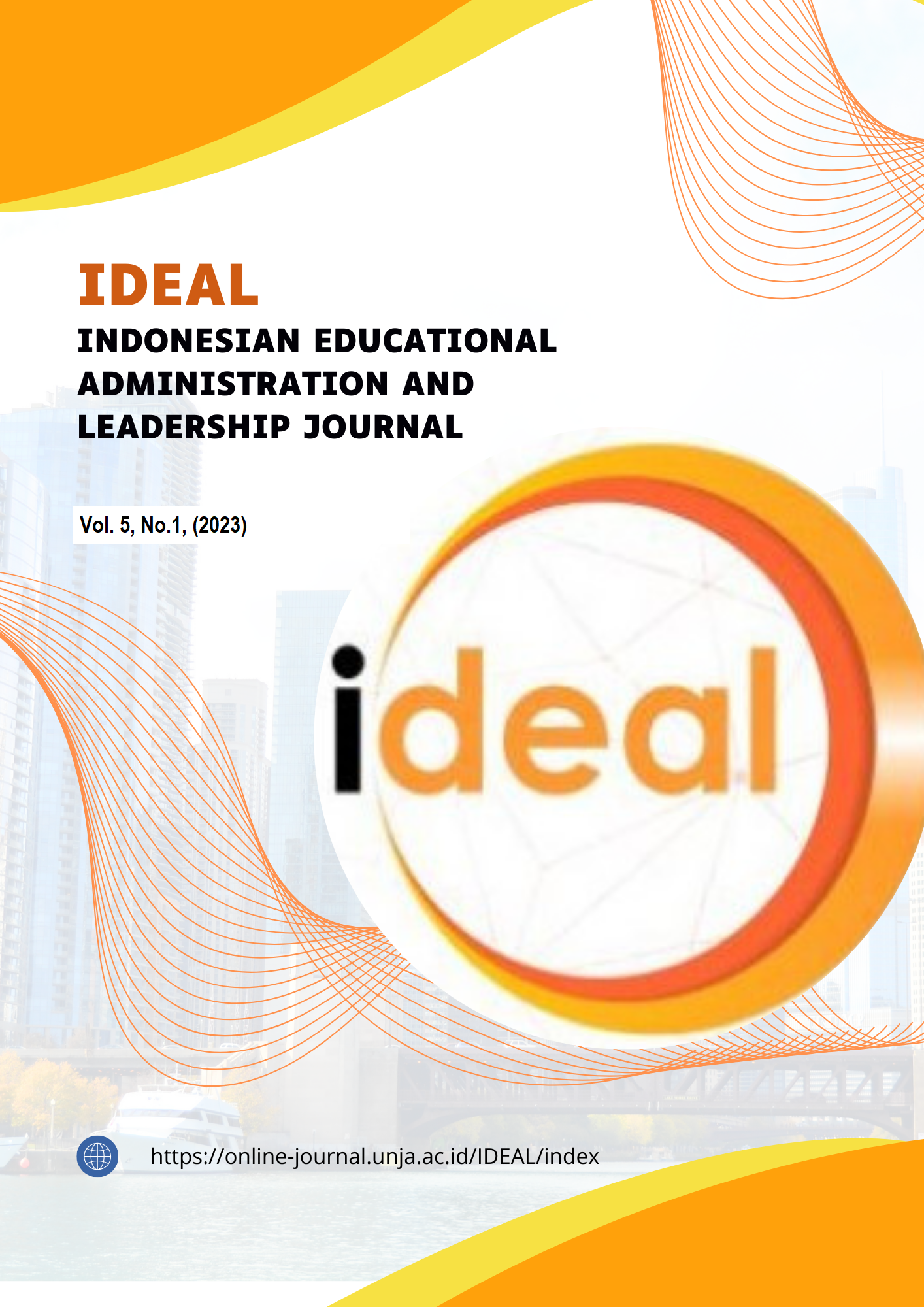Hubungan Full Day School dan Kemandirian Belajar dengan Prestasi Belajar Siswa
DOI:
https://doi.org/10.22437/ideal.v3i1.23555Abstract
This study aims to determine the relationship between the application of full day school and learning independence with student achievement in public junior high school 4 merangin. This study uses quantitative methods with ex-post facto research design. The population used in this study were 8th grade students at SMP Negeri 4 Merangin. The sampling technique in this study was simple random sampling technique as many as 77 students. The data collection technique used in this study used primary data in the form of a questionnaire. The data analysis technique used in this research is descriptive statistical analysis with the help of the SPSS 25.0 for windows application. The results of this study indicate that (1) There is a significant relationship between full day school and student learning achievement at SMP Negeri 4 Merangin. (2) There is a significant relationship between learning independence and student learning achievement at SMP Negeri 4 Merangin. (3) There is a significant relationship between full day school and learning independence in SMP Negeri 4 Merangin. (4) Full day school and learning independence have a significant relationship together to student learning achievement at SMP Negeri 4 Merangin. The results of this study are used as input for principals and teachers. Improve themselves in connection with the implementation of the full day school system and learning independence that has been implemented very well in order to improve learning achievement continuously.
Keyword: Full Day School, Independence, Achievement
Downloads
Published
How to Cite
Issue
Section
License
Copyright (c) 2023 Syifa Nurul Huda, Yantoro Yantoro, Robi Hendra

This work is licensed under a Creative Commons Attribution 4.0 International License.








